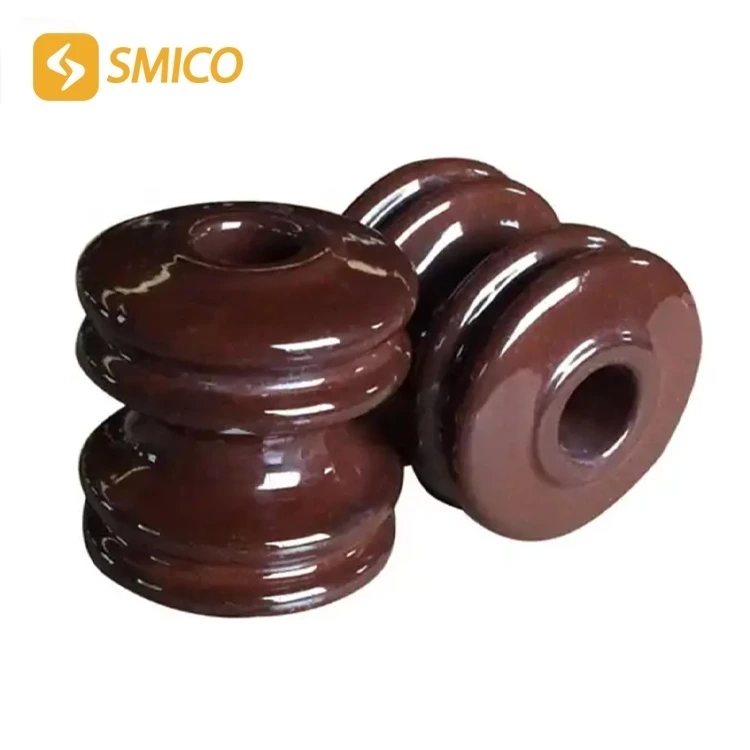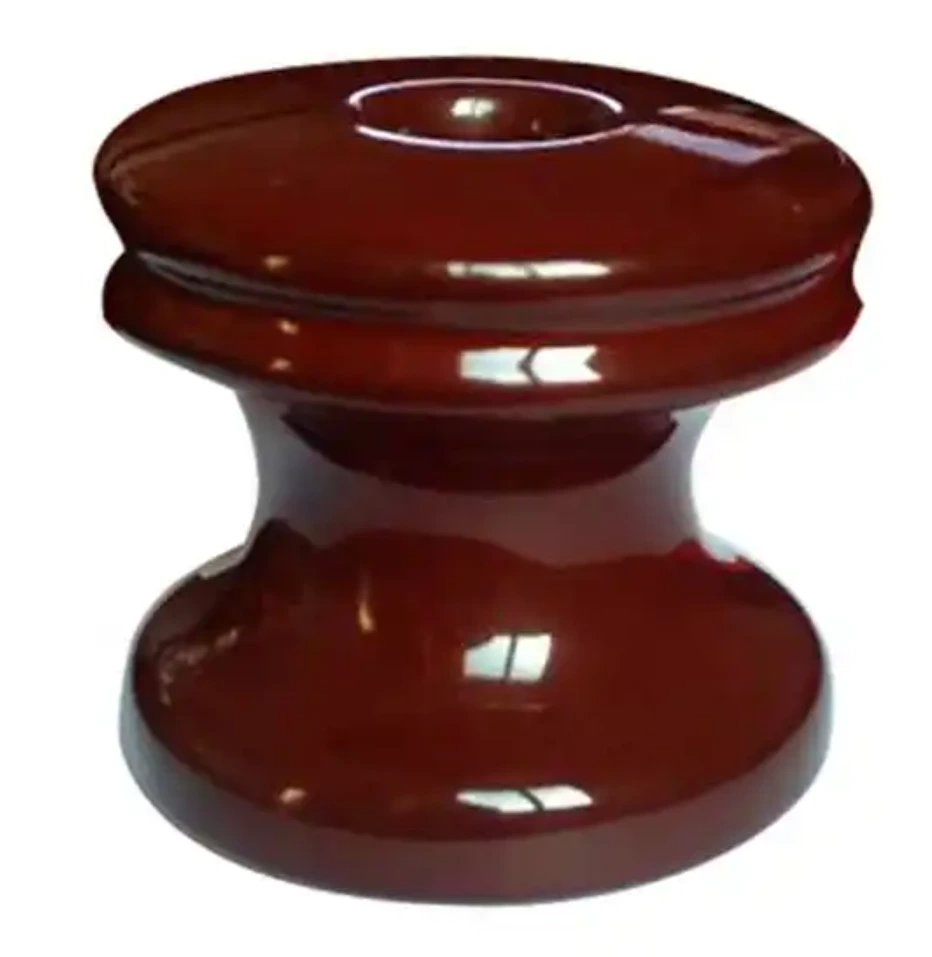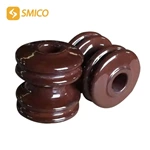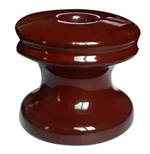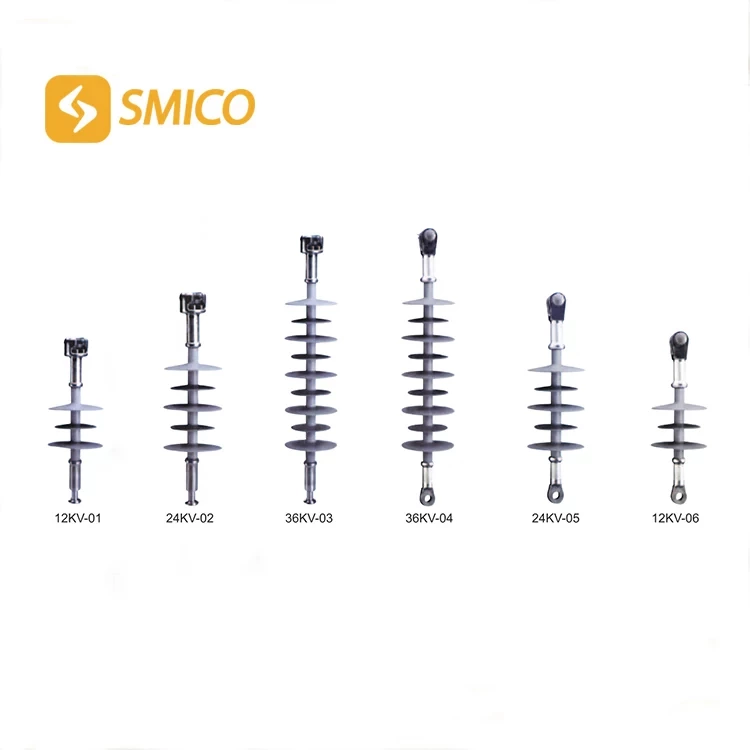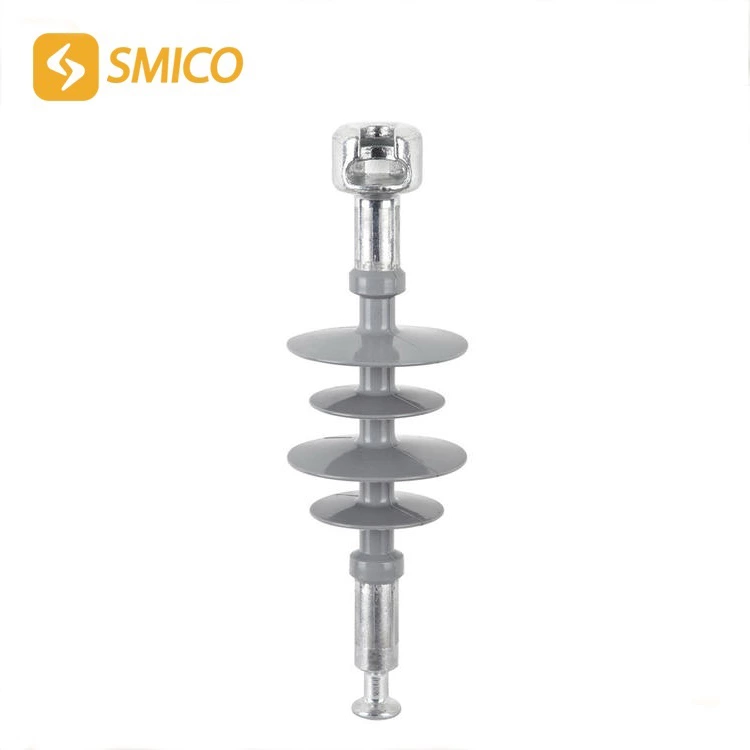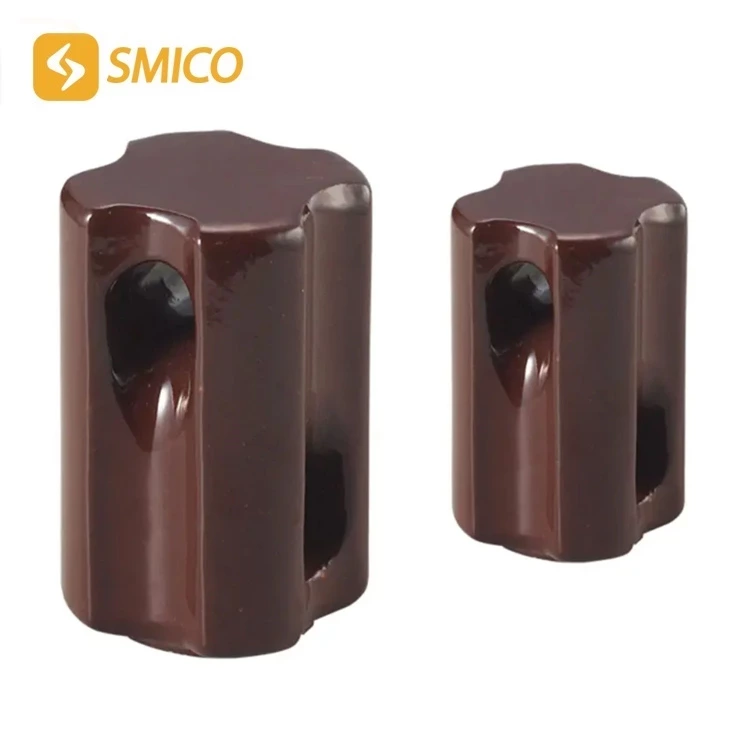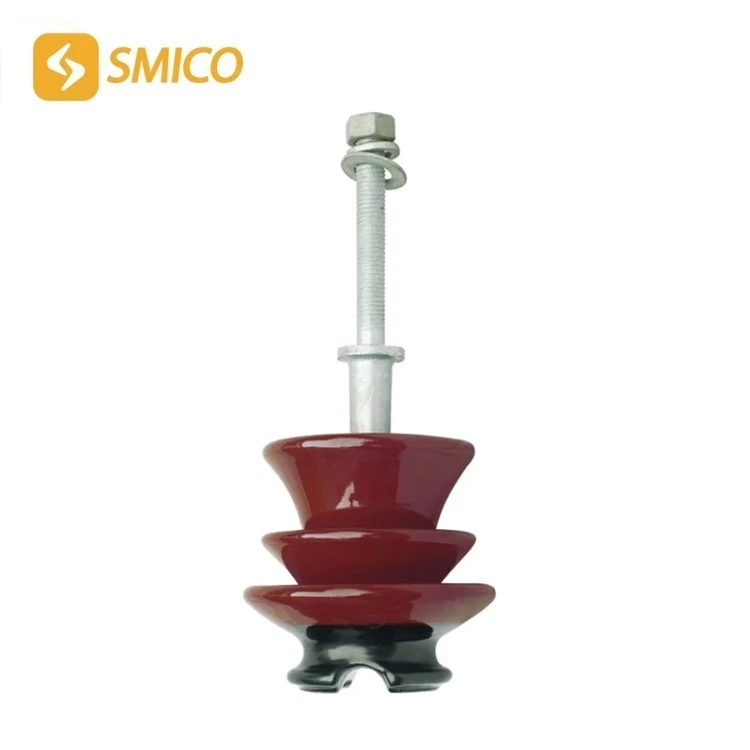Shackle Insulators
- Product Name:
- Shackle Insulators
- Model Number:
- 53-1
- Brand:
- SMICO
- Standard:
- IEC ANSI
- Supply Ability:
- 500000
- Color:
- Gray
- Packaging Details:
- Carton
- Material:
- Ceramics
Shackle Insulators
The Shackle Insulators is also called a shackle insulator or shackle type insulator, it is a type of low voltage insulator usually assembled with upset bolts, secondary racks, or secondary clevises to provide insulation for the conductors on the pole. Conductors are fixed to the spool insulator firmly with the support of spool ties.
Shackle insulators are usually used in low voltage distribution networks, both the horizontal or vertical positions.
The Shackle insulators can be made of porcelain or polymer. It can be made into white grey or brown according to the customer’s requirement.
Shackle Insulators Buying Guide
There are different types of insulators that are used on overhead lines. All of them are responsible for restricting the flow of electric current to certain areas of the lines. One type of insulator that you are likely to buy for a distribution line is a spool insulator.
Although Shackle insulators rarely takes a center stage like other insulators, it plays very critical roles. Do you want to learn more about spool insulators? Well, this article is for you.
The Material for Spool Insulators
What are Shackle Insulators made of?
There are two main materials that are used to make spool insulators.
These are porcelain and ceramic.
The two materials are used because of their distinct physical, mechanical and electrical properties.
However, these two materials are unique in their own ways. They differ in some of their properties.
Both the ceramic shackle insulator and porcelain shackle insulators have high thermal strength and resistance. They cannot be easily affected by high temperature variation.
For instance, they can withstand the extreme temperature of up to 1000C.
These materials can only be deformed when subjected to extreme physical force.
Porcelain and ceramic insulators are strong and durable
Another reason why ceramic and porcelain are preferred for making spool insulators is their resistance to surface degradation.
The surfaces of these two materials can rarely corrode unless you deliberately deploy extreme measures to damage them. The good news is the surface of ceramic and porcelain insulators are glaze to protect them from the vagaries of nature.
These two materials cannot b rodents and birds which can compromise their quality and effectiveness.
| ANSI Class | 53-1 | 53-2 | 53-3 | 53-4 | 53-5 | |
| Mechanical Failing Load,kN | 9 | 13 | 18 | 20 | 27 | |
| Low Frequency Dry Flashover Voltage,kV |
20 | 25 | 25 | 25 | 35 | |
| Low Frequency Wet Flashover Voltage,kV |
Vertical,kV | 8 | 12 | 12 | 12 | 18 |
| Horizontal,kV | 10 | 15 | 15 | 15 | 25 | |
| Dimensions,mm | H | 54 | 76 | 81 | 76 | 105 |
| D | 57 | 79 | 76 | 105 | 102 | |
| d1 | 44 | 44 | 44 | 73 | 73 | |
| d2 | 17.5 | 17.5 | 17.5 | 17.5 | 17.5 | |
| R | 11 | 17.5 | 11 | 16 | 11 | |
| Net Weight,Each,Approx.,kg | 0.2 | 0.5 | 0.6 | 1.05 | 1.2 | |

